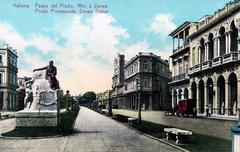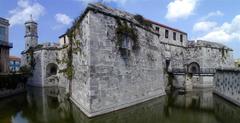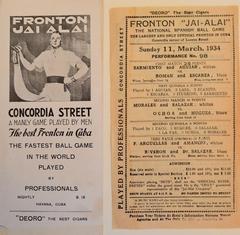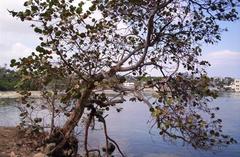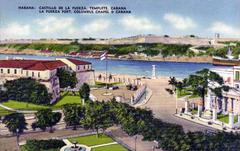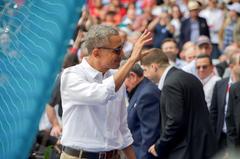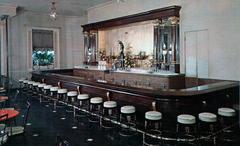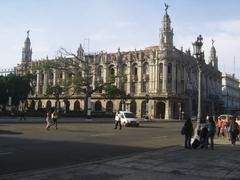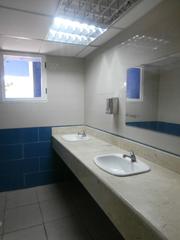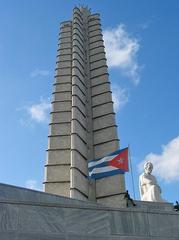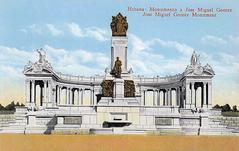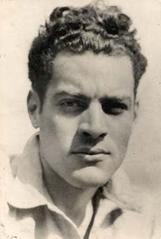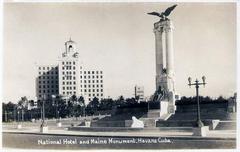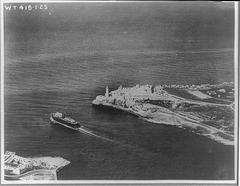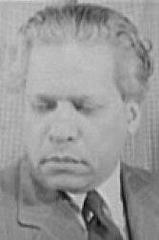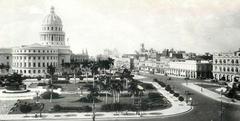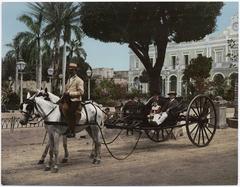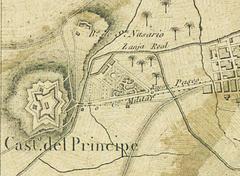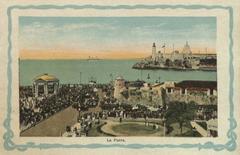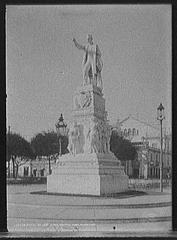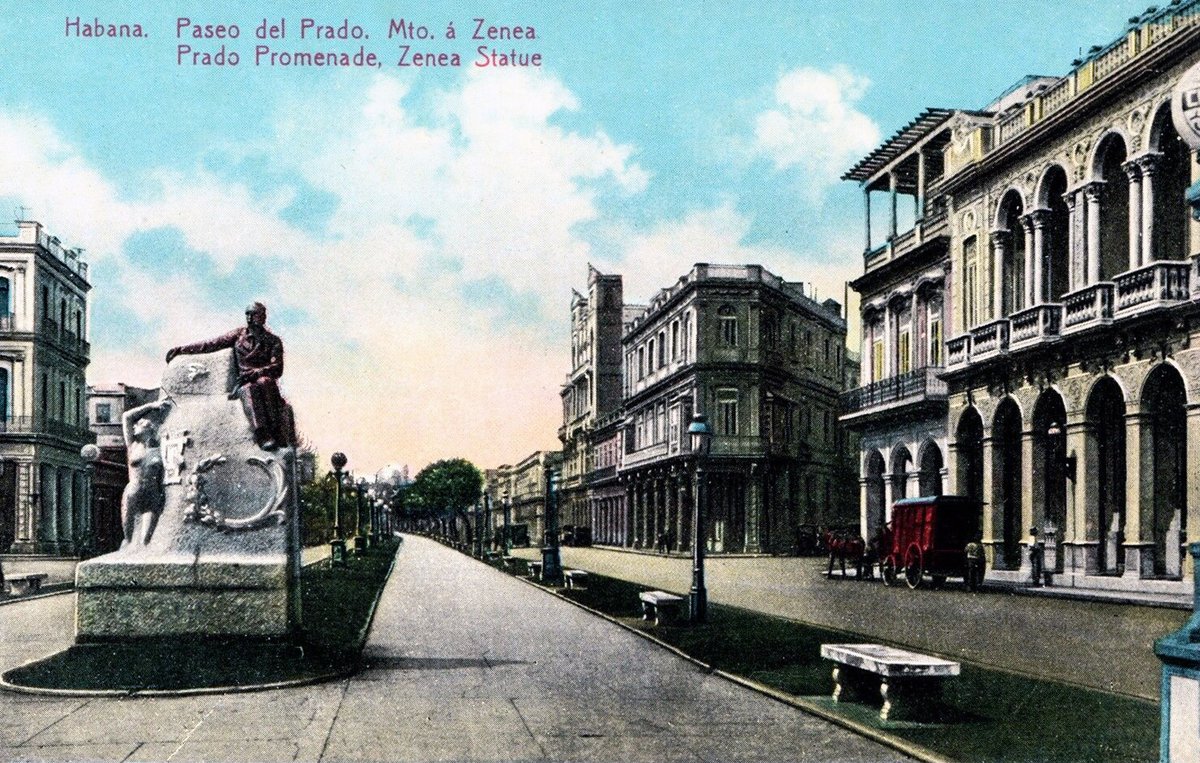
Juan Clemente Zenea Monument Visiting Hours, Tickets, and Havana Historical Sites Guide
Date: 14/06/2025
Introduction
The Juan Clemente Zenea Monument is a revered cultural landmark at the gateway to Havana’s celebrated Paseo del Prado. It honors Juan Clemente Zenea (1832–1871), a poet and patriot whose literary works and sacrifice for Cuban independence have made him an enduring national symbol. The monument, featuring a contemplative bronze statue of Zenea beside a marble muse holding a lyre, is an iconic site reflecting Cuba’s rich artistic and historical tapestry. This comprehensive guide details the monument’s history, artistic features, visiting hours, ticketing, accessibility, and nearby attractions—making it an essential resource for travelers, students, and cultural enthusiasts (guije.com; EcuRed; Havana Guide).
Table of Contents
- Introduction
- Historical Background of Juan Clemente Zenea
- The Monument: Origins, Symbolism, and Location
- Artistic and Architectural Features
- Visiting Details: Location, Hours, Tickets, Accessibility
- Nearby Attractions and Events
- Visitor Experience and Practical Tips
- Cultural Etiquette and Local Customs
- Safety and Practical Information
- Educational, Cultural, and Social Significance
- Preservation and Future Prospects
- Frequently Asked Questions (FAQ)
- Conclusion
- References
Historical Background of Juan Clemente Zenea
Juan Clemente Zenea was born in Bayamo, Cuba, in 1832. Raised amidst political turmoil, he moved to Havana as a youth and soon became involved with local literary circles. By 17, he was contributing Romantic poetry with strong nationalist themes to “La Prensa.” His activism for Cuban independence led to his exile in 1852, during which he continued to champion the cause through his writings while in the United States and Mexico. Zenea’s literary work, especially during his exile, is marked by longing, hope, and a deep sense of Cuban identity (guije.com; fotosdlahabana.com).
In 1870, Zenea returned to Cuba on a peace mission during the Ten Years’ War. Despite assurances of safety, he was arrested and executed by Spanish authorities in 1871, becoming a martyr for Cuban independence. His legacy was ultimately vindicated, and his “Complete Poems” were published posthumously, securing his place in Cuban literature (guije.com).
The Monument: Origins, Symbolism, and Location
Commissioned in the 1920s by Zenea’s daughter, Piedad Zenea de Bobadilla, and sculpted by Ramón Mateu, the monument is prominently placed at the entrance to Paseo del Prado, near the Malecón and Parque Central. Its location underscores its importance as a cultural gateway and a memorial to Zenea’s enduring legacy (EcuRed; medium.com).
Artistic and Architectural Features
Bronze Statue of Zenea:
The monument’s central figure is a life-size bronze statue depicting Zenea seated in a reflective pose—capturing his intellectual stature and contemplative nature.
Marble Muse with Lyre:
Beside Zenea stands a marble sculpture of a nude muse holding a lyre, symbolizing poetic inspiration and drawing from classical artistic traditions. The interplay of bronze and marble visually contrasts the mortal and the eternal, the poet and his muse.
Engraved Verses:
The reverse side of the monument features inscribed verses from Zenea’s poem “A una golondrina,” directly linking the site to his literary achievements and inviting visitors to engage with his words (EcuRed).
Setting:
Set on a modest stone plinth at the heart of Prado, the monument is surrounded by benches, subtle landscaping, and open sightlines toward Havana’s historic center and the sea.
Visiting Details: Location, Hours, Tickets, Accessibility
Location and Access
The monument is at the beginning of Paseo del Prado, near Calle Dragones and adjacent to Parque Central. It is easily reachable on foot from Old Havana, by taxi from other city districts, or via local buses (TripMyDream).
Visiting Hours
As an outdoor public monument, it is accessible 24/7. Daytime visits are recommended for safety and optimal viewing.
Tickets and Entry
There is no admission fee—visiting the monument is completely free.
Accessibility
The site is wheelchair accessible via paved walkways along Prado. Benches and shaded areas are available for rest; some uneven pavement may be encountered, so visitors with mobility needs may wish to plan accordingly.
Nearby Attractions and Events
- Malecón: Havana’s famous oceanfront promenade.
- Parque Central: Historic park with statues and colonial architecture.
- Museum of the Revolution: An excellent starting point for understanding Cuba’s independence movement.
- Gran Teatro de La Habana: Renowned for its architecture and cultural performances.
The area occasionally hosts poetry readings, cultural gatherings, and commemorative ceremonies, especially on Zenea’s birth and death anniversaries. Check local event listings for details.
Visitor Experience and Practical Tips
- Best Times: Early morning and late afternoon provide the best light for photography and a quieter atmosphere.
- Travel Tips: Havana’s climate can be hot and humid, especially May–October. Carry water, sun protection, and a raincoat in the wet season.
- Facilities: Public restrooms are not available at the monument; nearby hotels, cafes, and Parque Central offer amenities.
- Safety: The Prado is generally safe and well-patrolled during the day; practice standard precautions against petty theft.
Cultural Etiquette and Local Customs
- Respect the monument’s significance—avoid climbing or disruptive behavior.
- Photography is welcome; be mindful of photographing locals and ongoing events.
- During ceremonies or readings, follow organizers’ etiquette.
Educational, Cultural, and Social Significance
The Juan Clemente Zenea Monument is more than a tourist site—it is a living memorial and educational resource. It is frequently visited by students, cultural groups, and locals who honor Zenea’s legacy through poetry readings, tours, and commemorative events. The site plays a key role in reinforcing Cuban identity and national pride (Havana Guide).
Preservation and Future Prospects
Preservation of the monument is supported by government, cultural institutions, and the community, with ongoing restoration and educational initiatives ensuring it remains a source of inspiration for future generations (Visit Cuba).
Frequently Asked Questions (FAQ)
What are the monument’s visiting hours?
Accessible 24/7 as an outdoor public site; daytime visits recommended.
Is there an entry fee or tickets required?
No, the monument is free and open to all.
How do I get there?
On foot from Old Havana, by taxi from other districts, or by local bus to Prado Boulevard.
Are guided tours available?
Yes, many walking tours include the monument; tours can be booked in multiple languages.
Is the site accessible for people with disabilities?
Yes, via paved paths and ramps; nearby hotels can offer mobility aid if needed.
Are there events or poetry readings?
Yes, especially on commemorative dates; check with local cultural organizations.
Conclusion
The Juan Clemente Zenea Monument stands as a vital emblem of Havana’s literary and historical heritage. With its harmonious artistry, free public access, and central location near other major sites, it offers a rewarding and contemplative stop for all visitors. To enrich your experience, consider joining a guided tour, explore nearby historical attractions, and take part in local cultural events. For additional tips and up-to-date information, download the Audiala app and stay connected through our channels.
References
- Juan Clemente Zenea Monument in Havana: History, Visiting Hours, Tickets & Travel Tips (guije.com)
- Juan Clemente Zenea Monument in Havana: Visiting Hours, Tickets, and Historical Significance (EcuRed)
- Visiting the Juan Clemente Zenea Monument in Havana: Hours, Tickets, and Cultural Significance (Havana Guide)
- Juan Clemente Zenea Monument Visiting Hours, Tickets & Guide to Havana Historical Sites (TripMyDream)
